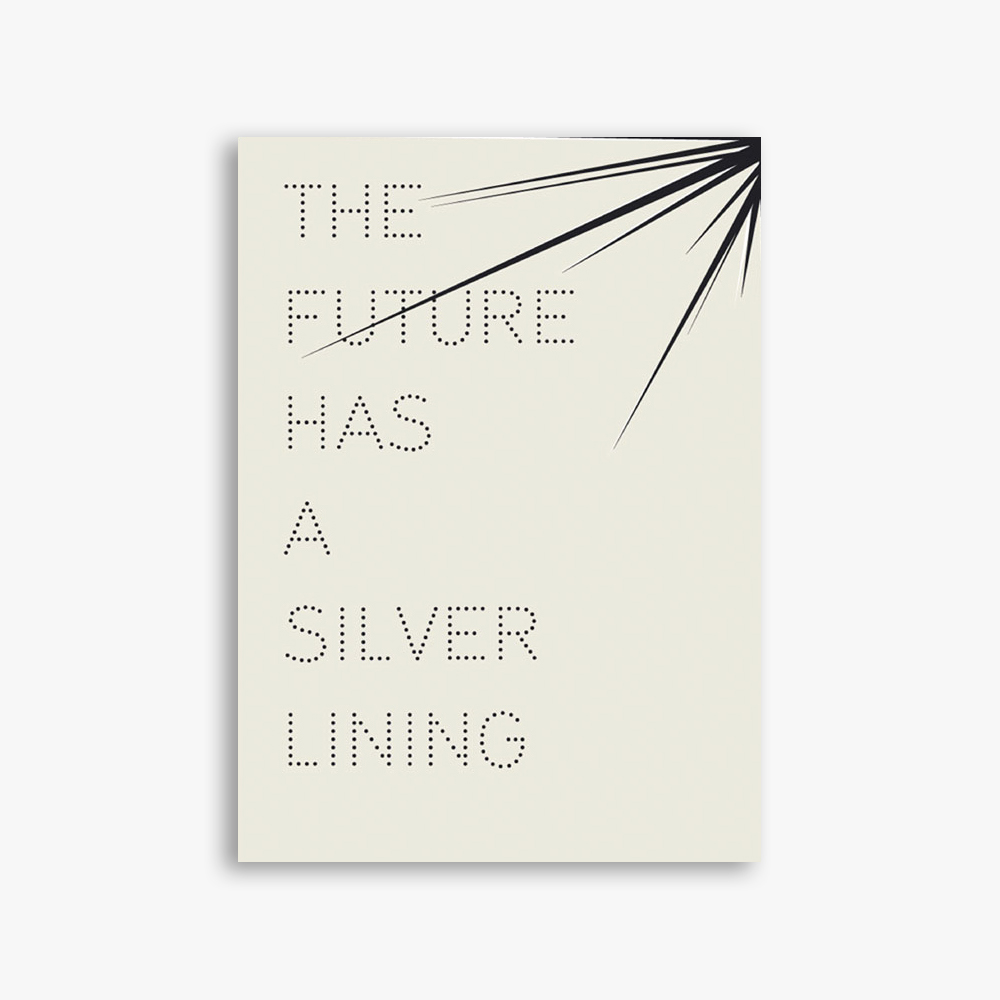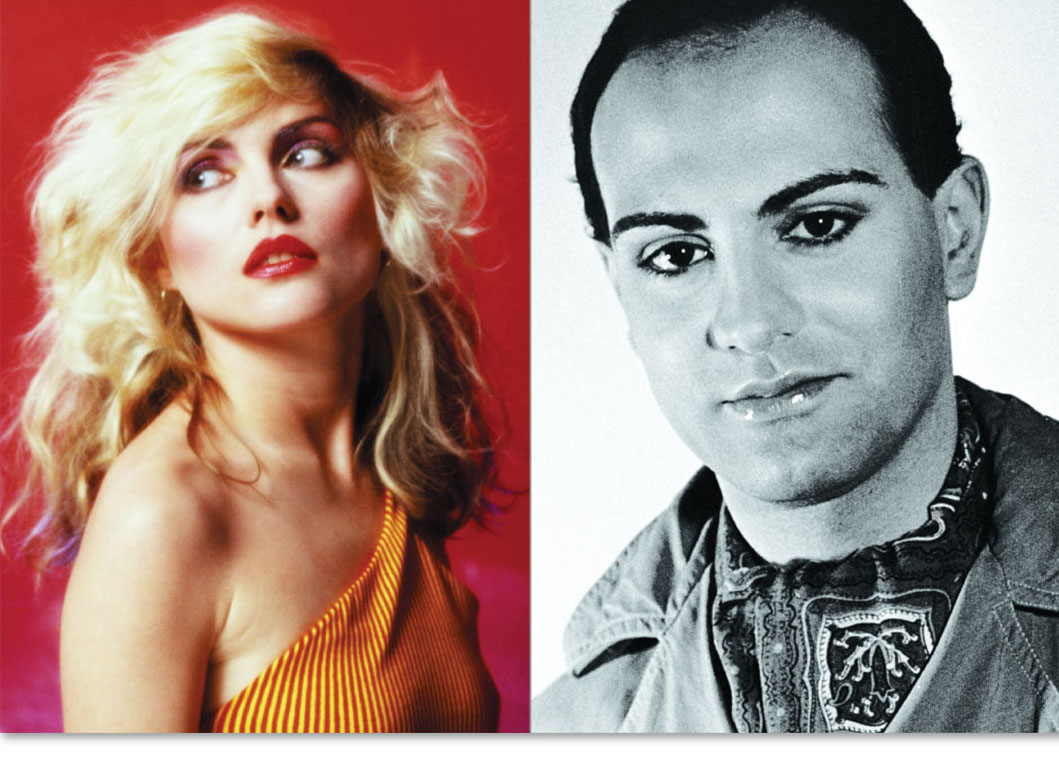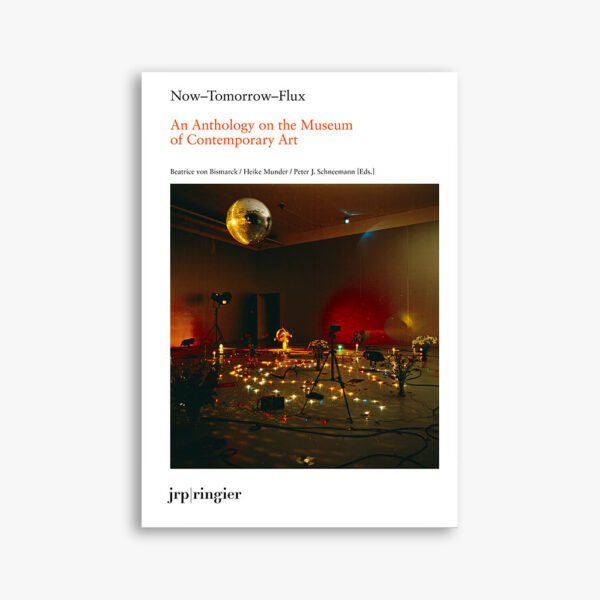Art and glamour as spaces for transformation of the self
It seems that glamour can be everything but not a discourse, for the moment one speaks of glamour one is in danger of talking it to death, each theoretical reflection tarnishing the gloss. Apparently. But the very division between glamour and reflection is its own strategic demand.
Glamour is not a stable trans-historical phenomenon, but a manifold and specific cultural practice. From the urbane “Glanz” (gloss) of the Weimar period to the “Glamour” politics of the big Hollywood studios, from glamour appropriations by artists such as Jack Smith and Andy Warhol, to glamour appropriated as an element of feminist or queer identity politics, from glam rock to the Glamorama of neo-liberal economic models, there is no linear path, but rather a development featuring multiple ramifications and contradictions.
To talk about glamour is to wrestle with one of the central aesthetic paradigms of our society as the political economy of capital achieves a space for performances of the self. In this space the chances for social survival depend entirely on not being overlooked. Visibility, however, is not simply given: it is demanded and designed. Glamour is thus a technology of radical visibility. And as with all technologies and archives of visibility, the access to glamour is politically, economically, and culturally regulated.
Published in collaboration with the Migros Museum für Gegenwartskunst, Zurich, on the occasion of the exhibition including artists such as Michel Auder, Tom Burr, Cosey Fanni Tutti, Sylvie Fleury, General Idea, Manon, T.J. Wilcox.










